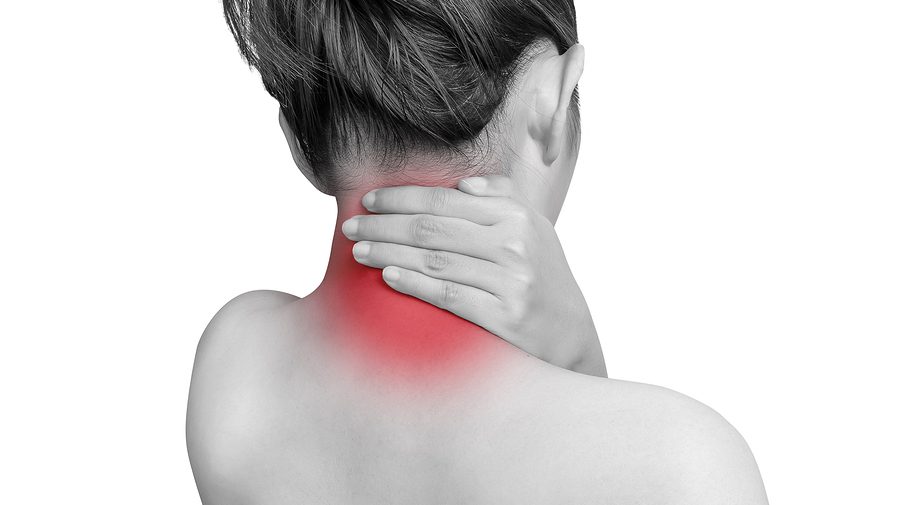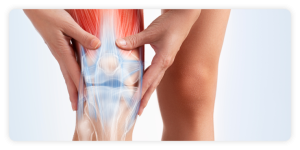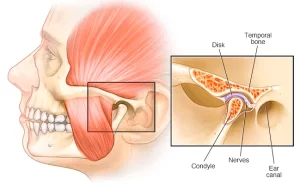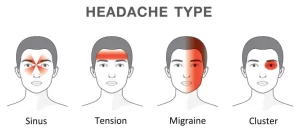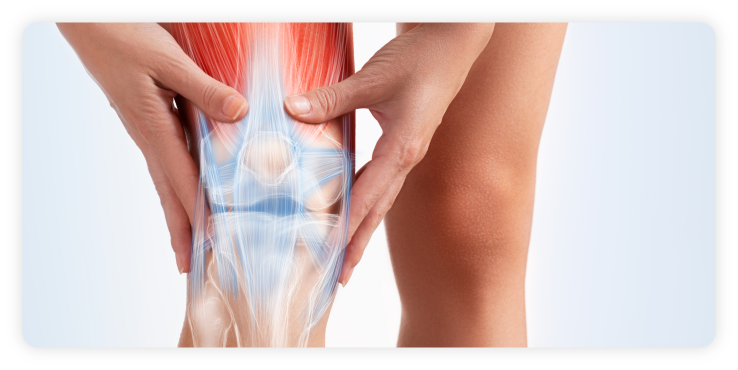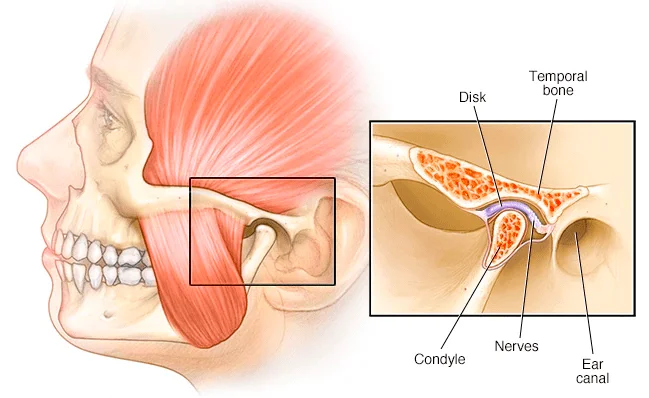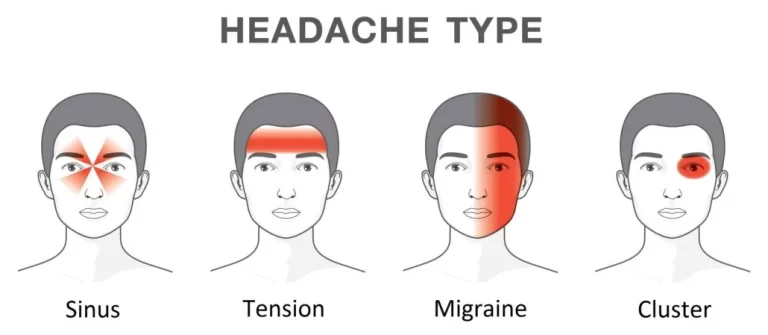What is Non-Specific Neck Pain?
The neck is made up of vertebrae that extend from the skull to the upper torso. Cervical discs absorb shock between the bones. The bones, ligaments, and muscles of the neck support your head and allow for motion. Any abnormalities, inflammation, or injury can cause neck pain or stiffness. Many people experience neck pain or stiffness occasionally.
Neck pain also referred to as cervical pain can involve any of the tissues in the neck or come from a number of diseases and disorders. Common conditions causing neck pain are degenerative disc disease, neck strain, osteoarthritis, cervical spondylosis, spinal stenosis, poor posture, neck injuries such as whiplash, herniated disc, or pinched nerve (cervical radiculopathy). Neck pain can come from common infections such as virus infection of the throat leading to lymph node (gland) swelling and neck pain. Neck pain can also come from rare infections such as tuberculosis of the neck, infection of the spine bones in the neck (osteomyelitis and septic discitis), and meningitis or from conditions directly affecting the muscles of the neck such as fibromyalgia and polymyalgia rheumatica as well as from uncomfortable positioning of the neck while sleeping with the head on a pillow.
Symptoms of Non-Specific Neck Pain
Neck pain is a symptom commonly associated with dull aching. Sometimes pain in the neck is worsened with movement of the neck or turning the head. Other symptoms associated with some forms of neck pain include numbness, tingling, tenderness, sharp shooting pain, range-of-motion difficulties, fullness, difficulty swallowing, pulsations, swishing sounds in the head, lightheadedness, and lymph node (gland) swelling. It can also be associated with symptoms such as headache, facial pain, shoulder pain, and arm numbness or tingling (upper extremity paresthesias). These associated symptoms are often a result of nerves becoming pinched in the neck. Depending on the condition, sometimes neck pain is accompanied by symptoms such as upper back and/or lower back pain, as is common in inflammation of the spine from ankylosing spondylitis.
Non-Specific Neck Pain Treatment
In diagnosing the cause of neck pain, it is important to review the medical history of the symptoms. The treatment of neck pain depends on its precise cause. Physical therapy can help alleviate neck pain by using manual therapy and gentle manipulation on top of therapeutic ultrasound therapy. Personalised exercises and stretches that help with neck pain will also be prescribed alongside lifestyle recommendations. If in doubt, please seek professional advice.
Check out our popular articles: Diastasis Recti, Tight Back Muscles, Irritable Bowel Syndrome (IBS), Temporomandibular Joint (TMJ) Dysfunction, Tennis Elbow, Wrist Tendon Injury, Sciatica, Whiplash, Hernia, Herniated Disc (Slipped Disc).
